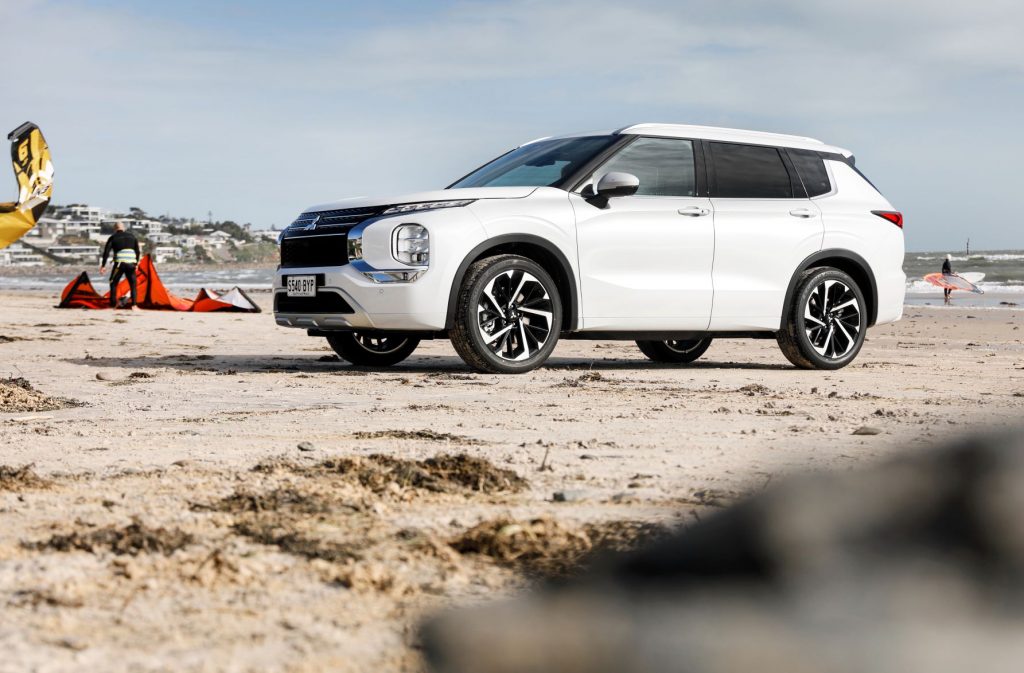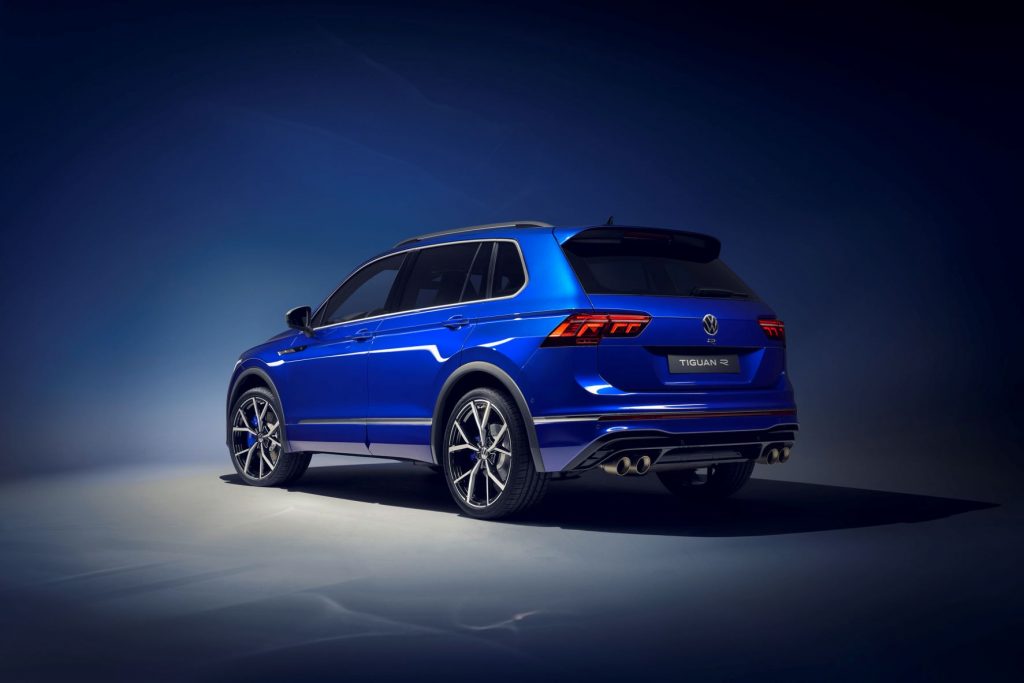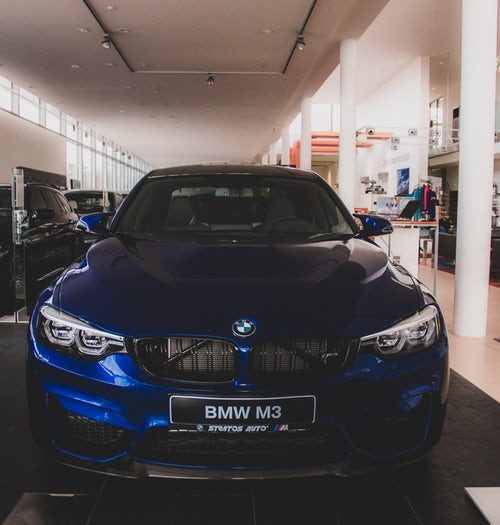ONE OF THE INEVITABLE consequences of COVID, supply problems and the shortage of the all-important computer chips is that car prices are on the rise.
And the bad news is that the trend is unlikely to change any time soon.
Like all commodities, car prices are subject to supply and demand. The higher the demand, and the lower the available stock, the more prices will rise.
Despite COVID (or in the case of reduced public transport use, perhaps because of it), demand for cars has remained stronger than anyone predicted. Our annual sales figure of just over one million vehicles has shown no signs of easing. Adding to the pressures, the closure of international borders and nervousness about overseas travel mean more people are choosing to holiday within our own borders. And many of them are doing so in SUVs or towing a caravan.
Compounding the problem, manufacturers around the world have been forced to reduce production, or even stop production lines altogether because they are unable to source essential parts. That means even fewer vehicles on the market, while demand continues to surge.

Another consequence of COVID is that transporting cars to Australia from where they are manufactured and from the docks to the dealers has become hugely more expensive.
Everywhere you look, new car prices are creeping up. Or, in some instances standard equipment is being reduced. Volkswagen, for instance, had to reduce the price of the Tiguan R to reflect making its premium sound system a $1000 option to try and reduce demand for a difficult-to-get item. Mitsubishi has increased prices for its Outlander SUV just a few months after launch, whilst simultaneously lowering the standard equipment (such as making the front power window one-touch operation in the Outlander ES apply only to the driver’s window, making the tailgate manual rather than powered in the LS and replacing the full digital driver display in the Aspire with a seven-inch display).

Manufacturers are also cannily reducing production of lower-spec models to concentrate on the higher-end (and therefore more profitable) models in their ranges.
Not so long ago, you might expect to haggle the price of a new car. Not so today. High demand means dealers have no reason to offer discounts. And if you want one, it’s a matter of being patient until it can be delivered, often months in the future (waiting lists of 12 months are not uncommon).
The knock-on effect of rising new car prices, insufficient supply and long waiting time is that used car prices have also undergone huge increases. Some experts suggest that used car prices for relatively young second-hand cars has risen by as much as 35 percent. Particularly popular models can even bring prices in excess of the list price.
One small upside to rising used car prices is that your trade-in may be worth more than you expected. But one thing is for sure: you’re still in for plenty of hip pocket pain.
